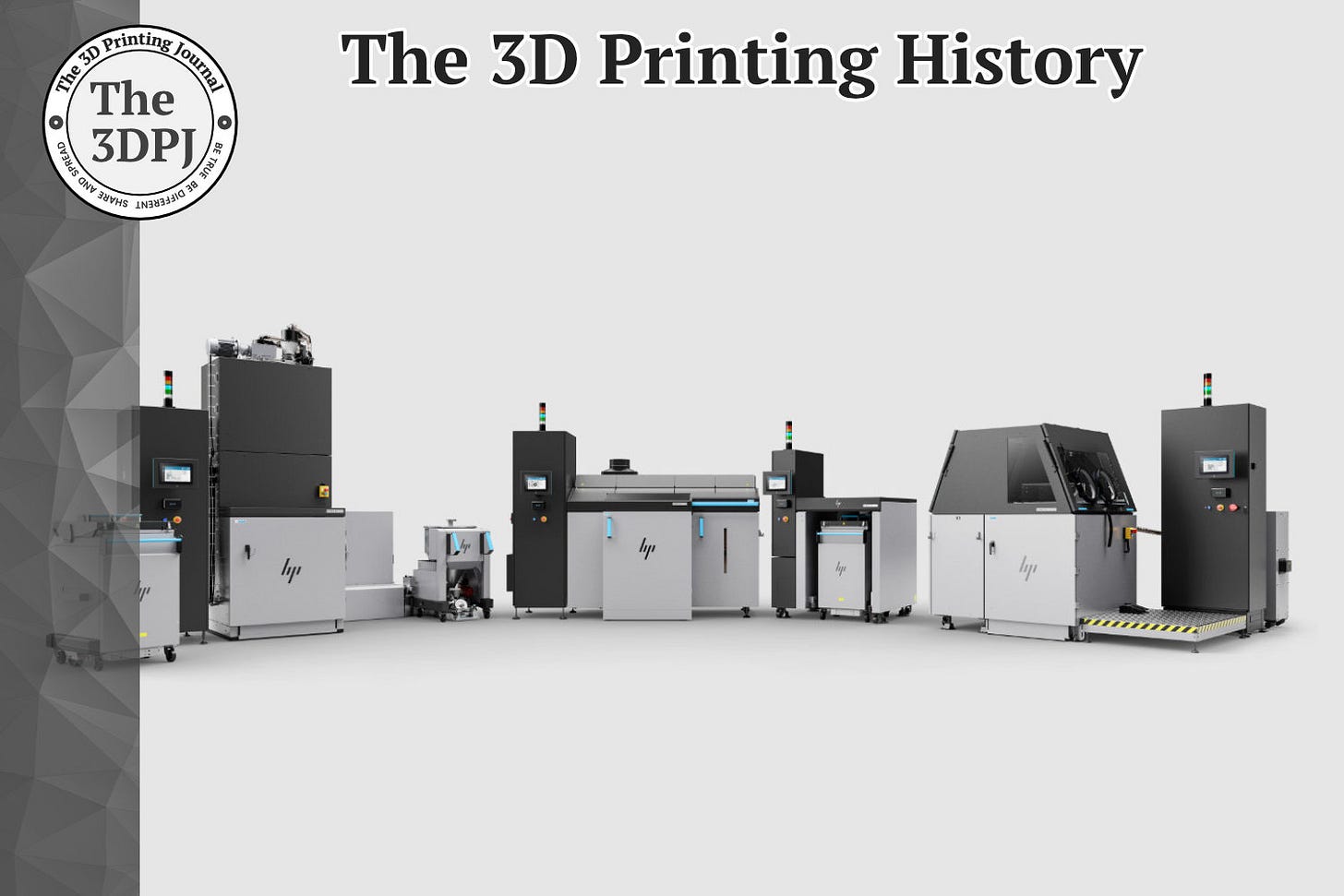09-12-2022: HP officially launched the Metal Jet S100
It was the HP' first 3D printer for mass production of metal parts
On September 12, 2022, HP announced the official market debut of the Metal Jet S100 – its first metal 3D printer, along with a range of devices supporting the additive manufacturing process. The company also announced ongoing collaborations with leading partners and customers, including GKN, Parmatech, Cobra Golf, Legor Group, Volkswagen, and more.
In the fall of 2014, HP electrified the global 3D printing industry by presenting its first proprietary 3D printer for polyamide powders, operating with Multi Jet Fusion technology. Despite enormous expectations, the company waited nearly two years to launch it – its market debut took place only in May 2016. Since then, HP's 3D printers have taken the additive manufacturing industry by storm, and the MJF method has become one of the most important additive techniques among manufacturing and service companies.
In September 2018, the situation repeated itself – HP announced the premiere of its metal 3D printer with great fanfare, but it wasn’t until four years and two days after that initial announcement that it officially became available on the market.
The HP Metal Jet 3D printer was presented at the International Manufacturing Technology Show (IMTS) in Chicago, USA. The machine is designed to work with metal injection molding (MIM) materials, rather than spherical powders used in laser-based SLS systems. Initially, the machine was compatible with two metal alloys – 316L stainless steel and 17-4PH.
The Metal Jet S100 operates using a proprietary derivative of the Binder Jetting method, similar to that used in Desktop Metal/ExOne and Markforged/Digital Metal 3D printers. The metal powder is bound layer by layer with a binder, and the resulting parts are later sintered in furnaces to achieve their final geometry and strength. The HP 3D printer has a build area of 430 x 309 x 200 mm.
Additional layers of powder are sprayed with binder material using six HP Thermal Inkjet printheads, installed on two printing modules. The printheads are equipped with a total of 63,360 nozzles. Thanks to these printheads, the 3D printer can precisely deposit up to 630 million nanograms of liquid binder droplets per second, creating parts with a resolution of 1200 dots per inch (dpi).
The production process is four-stage. First, 3D printing and "de-binding" occur. Next, the parts are sintered in a furnace. Residual unbound powder is sent to a material processing station, where it is sieved, mixed with new powder, and loaded back into the printing station. To some extent, this process resembles the one found in Multi Jet Fusion technology.
HP's Metal Jet technology has already been adopted by companies like Cobra Golf, Legor Group, and Volkswagen, the latter of which aims to produce 100,000 components annually at its Wolfsburg plant. HP also announced new partners and customers, including hydraulic systems manufacturer Domin Digital Motion, Lumenium, and Schneider Electric.
Source: www.hp.com



